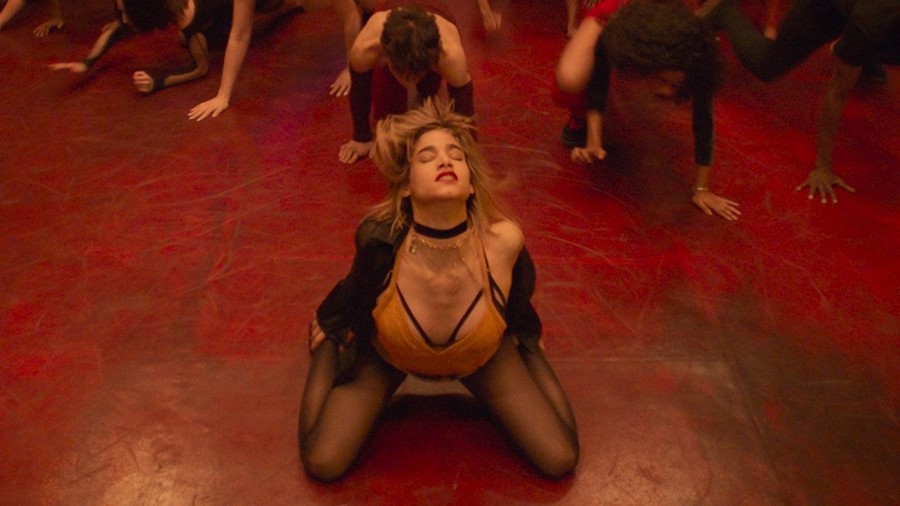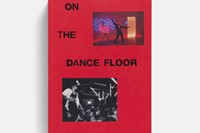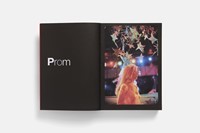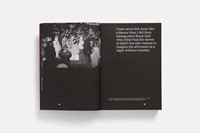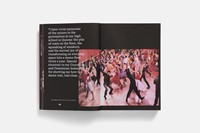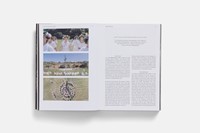On the Dance Floor is an intimate history of film’s relationship with dance, but it’s not ”purely nostalgic”, says Claire Marie Healy – it also offers a blueprint for the dancefloors of the future
Ask anyone their favourite dancefloor scene in film history, and you’ll get any number of answers in return, from Napoleon Dynamite’s awkward prom dance to Alphaville’s Forever Young, to the terrifying undead disco that closes out Carnival of Souls, to the flamboyant New Year’s Eve party that sets the stage for an argument in Paul Thomas Anderson’s Phantom Thread. It’s a testament to the variety of dance scenes committed to the silver screen, and the way writers and directors often use these scenes as a lynchpin for larger relationships and themes.
“Everybody has a connection to this topic,” says Claire Marie Healy, whose new book for A24, On the Dance Floor: Spinning Out on Screen, waltzes through its long history via vibrant film stills, novel excerpts, and snippets from scripts. “You might not even be able to dance very well, but you’re still gonna have a feeling about the dancefloor, and memories of that.”
As a result, the book’s 400-plus pages are crammed with a vast array of names from across film, literature, art, and music, each sharing their personal experiences, inspirations, and relationships with the dancefloor. “There’s something special about a dancefloor,” says Cher, in a nostalgia-tinged foreword that takes us from her childhood living room to the dizzying heights of Hollywood, via Studio 54. “It’s like a way to take yourself off this planet.”
Elsewhere, Honor Swinton Byrne reflects on the intimacy of her dance scenes with Tom Burke in The Souvenir, and Charli XCX shares her favourite outfits for dancing on a night out, in one of several dance floor dispatches. “You get these different memories and perspectives on the dancefloor that are very funny, very personal,” says Healy, noting the diversity of voices. “There were so many unexpectedly moving responses.”
On the Dance Floor is a unique cultural document because it embraces the intensely personal stories that orbit the dancefloor to explore what these spaces truly mean to people, and how that’s reflected in the movies we make about them. “How do you make a movie feel like a dancefloor?” Healy is asking. “Then this other question comes though: why, when we do go out dancing, does it so often feel like you’re in a movie? This was the push and pull of the book.”
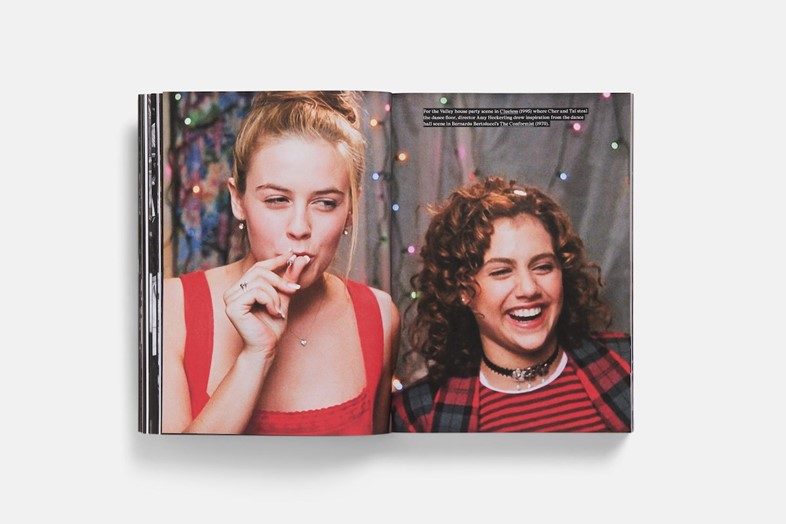
In pursuit of answers, On the Dance Floor also sheds light on some of our favourite dancing scenes on film – from the likes of Midsommar, The Last Days of Disco, and Climax – via interviews with filmmakers Gaspar Noé and Whit Stillman, actor Kate Beckinsale, choreographer Anna Vnuk, and more. We also get original essays from Rachel Tashjian, Marlowe Granados, and Brock Colyar (who better than New York Magazine’s party reporter to close out a book about the evolution of dancefloors?).
Is it a coincidence that all of this came together amid a global pandemic, which trapped us in our homes for months on end, and may have changed the face of partying forever? Of course not. “[The contributors’] reflections on their favourite films that feature dancing inevitably connect with their experiences of not being able to dance themselves during lockdown,” says Healy. “But I wouldn’t say it’s purely nostalgic.” After all, she adds, the films, artworks, and writing in the book can also act as a “blueprint” for the dancefloors of the future, inspiring parties, proms, and performances that people will look back on with the same awestruck nostalgia decades down the line.
On the Dance Floor: Spinning Out on Screen is out now.
